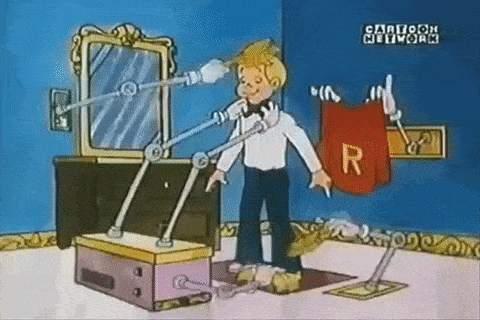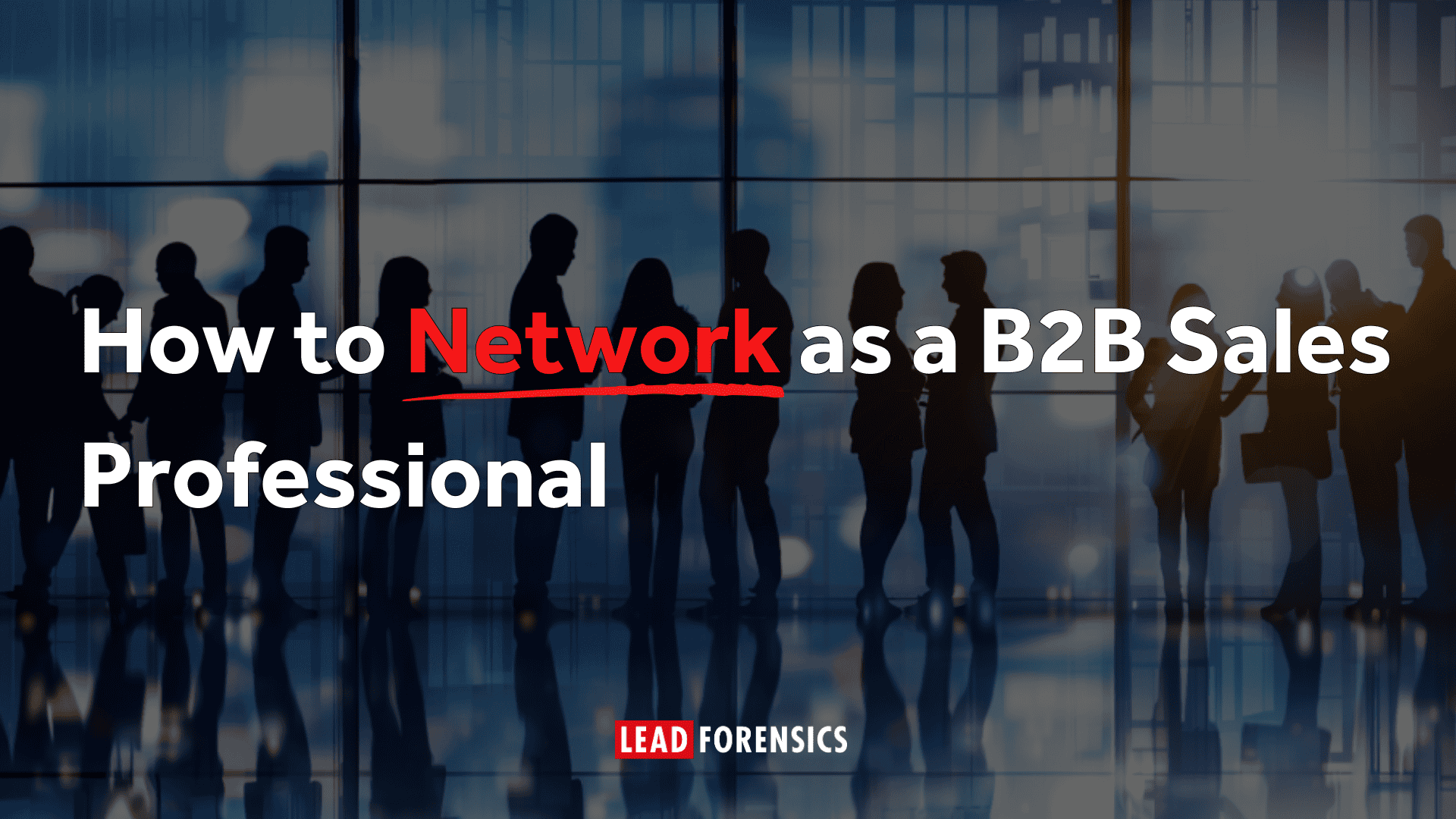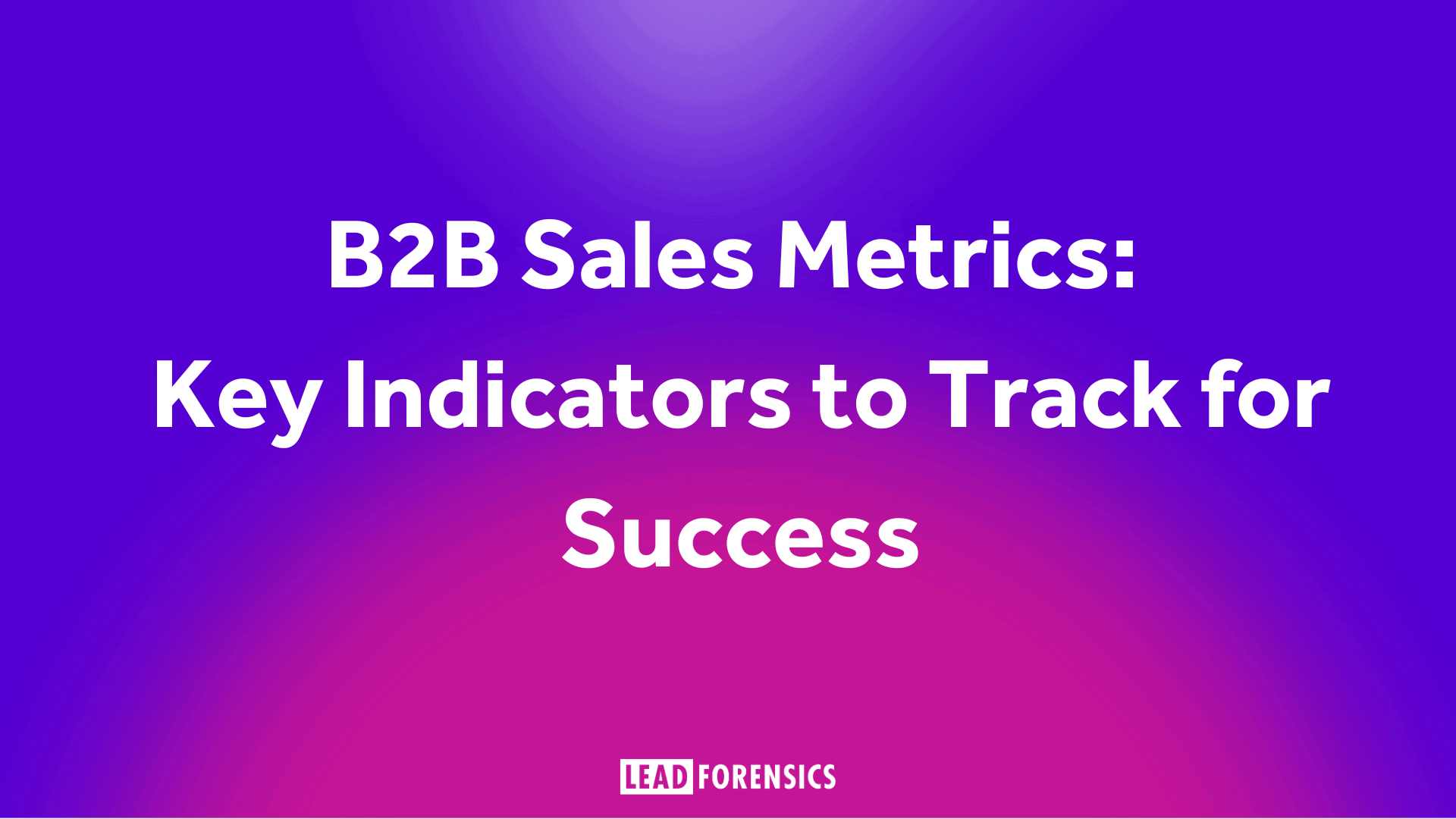
We’ve done the hard work for you, and found 11 B2B sales statistics that will change the way your team views B2B sales, and help you discover the best steps to take for success…
1) 69% of prospects find their business needs are not met on the first call.
This stat is so revealing, it’s almost upsetting. Discovering that nearly 70% of B2B salespeople are not ticking the first box of buyer-centric sales provides enormous insight into why many salespeople aren’t meeting their targeted quota.

Understanding your prospect’s business needs is imperative to how you fashion and execute your sales approach- it dictates how they will use your solution, why they need it and how much they’re willing to pay for it.
Use the opening few minutes of the call to gauge their immediate pain-points, then tailor your product to meet those needs. You’ll not only have a more positive and impactful call, you’ll instantly increase your chances of making a successful sale.
2) Only 24% of sales emails are opened
It’s so easy to think “I can’t get through to them by phone, I’ll just send an email!” and sometimes this is successful. But B2B sales emails are mostly ignored, with just under 1 in 4 being opened, let alone responded to!
There are ways you can make your email more successful, including words like “demo” and “connect” in subject lines have proven more effective than words like “invite” and “assistance”; however, the most effective methods in modern B2B sales don’t rely on email communications. The rise of social media has moved many communications onto those platforms, and many salespeople still vote the phone as their most effective communication tool.
Take a moment to look at the use of emails within your sales pipeline, and ask how much time is spent sending them, that could be devoted to more effective methods of communication and follow-up.

3) At least 50% of your prospects are not a good fit for what you sell
This is a hard fact to face, but sometimes, your team is pumping hard work into prospects that just aren’t worth it. We’ve all been there, desperate to stuff our pipelines with new prospects to improve results, but if they’re not right for your product no amount of communication or B2B sales strategy will change that.

There is a reason that not every prospect becomes a client, 100% conversion is almost impossible, even when you’re working with prospects who are the perfect fit, so don’t distract your sales team with low-quality prospects.
Look at how you generate new business opportunities and gather prospect data, asking if there’s a way you can ensure only those well-suited to your product enter your pipeline. This may seem counterproductive as your team will work less leads, but it’s a matter of quality over quantity; this allows your team to give more time to the important opportunities, converting them successfully into robust, retaining clients.
4) Social selling can increase win rates by 5% and deal size by 35%
To match this vital B2B sales statistic, did you know 57% of business decision-makers use social media to research vendors? This is the reason social selling continues to become popular and produces ever more exciting results.
Our world continually moves into the digital sphere, and connectivity on social media platforms fuels more decisions than ever before, so B2B sales teams need to shift to meet these changes.

Incorporating social media into your sales strategy to discover new sales leads and nurture them through your pipeline has proven exceptional results, and as the technological world continues to shift, it’s a change your team would do well to adopt.
5) Nearly half of all buyers are millennials
Linking nicely to our last stat- the ever-growing presence of social media in B2B sales is vastly related to the rise of millennials. As this age group moves into decision making business roles, they bring with them a new age of B2B sales; we’re not targeting the same audience we were 5,10 or 20 years ago.
Now is the time to conduct some serious research into millennials in business, their preferences and their motives as it hugely affects how you go about prospect communication and nurture.

The important thing to remember is that this knowledge doesn’t hinder your sales success; it offers you an opportunity to better understand who you’re targeting, and how you can encourage them to move through your pipeline as you want.
6) Budget and timing are the two key reasons behind lost sales
This is vital knowledge; around 50% of deals fall through because of budget, and 25% of them are down to timing. This B2B sales statistic allows us to understand what makes buyers swerve away from sales last minute, so your team can nail down these possible problems early in the process.
The sooner your team asks about budget hindrances (especially who holds the purse strings!) the better they can work with your prospect to ensure they can afford your solution and a realistic, but beneficial agreement can be reached.

Likewise the sooner your team understands timing constraints for the prospect, the easier it will be to ensure they don’t come back to bite later.
Use this B2B sales statistic to future-proof your B2B sales process, doing everything you can to ensure leads don’t swerve away from the sale.
7) Nearly 60% of salespeople do not change their process once they find one that works for them
This is a problem many businesses face; as the world of B2B sales shifts, it’s a struggle to encourage sales teams to take on new strategies, try different tactics and adopt fresh tools.

This B2B sales statistic is because many sales individuals find a process that works, and brings them their best results, so they continue to recreate it.
Changing this is scary, as your team fears their results will plummet when following an untested process, but this is where they get left behind.
We’ve touched on the changes millennials bring to the sales table, and with technology continually advancing to provide new tools and evolve strategies, unless more salespeople are willing to bend and experiment with new ideas, they will be in trouble.
It’s predicted around 1 million salespeople will lose their job by 2023 due to the ever-evolving digital world. There has never been a more important time to embrace change.
8) Over 50% of the average salesperson’s day is spent doing tasks that could be automated
Time not spent closing sales and nurturing your pipeline should still be time spent well. This is not the case for most salespeople.
Whilst tasks such as gathering and inputting data, sending emails and researching leads may seem vital, it’s important to remember these things can now be automated, saving your team valuable time whilst they make more money- a win-win situation!

With this B2B sales statistic in mind, learn how each team member uses their average work day, and ask what tasks take time away from lead nurture and sales conversion.
Whilst your team may dislike the idea of change, discovering they should be twice as productive with certain tasks taken from their remit offers sales managers exciting opportunities.
9) Only 7% of top-performing salespeople use a “pitch”
It’s been rumored for a while that the idea of a “sales pitch” is dead, and based on this B2B sales statistic, that judgment is not far wrong.
It’s certainly true that as buyers, we dislike being pitched to over the phone; we can instantly detect the rehearsed, scripted nature of the call and then deem the caller insincere.

As 93% of the highest-performing salespeople have abandoned the sales pitch all together, it’s clear what your team must do.
Collaboratively discuss what your team would prefer to use over a sales pitch. Some of them will be comfortable to follow their own instincts on a call; others will require further product training to expand their knowledge and enable them to work independently.
Understand how your team wants to win clients and create something much more valuable than a run-of-the-mill sales pitch.
10) 50% of salespeople say they avoid being pushy, but 84% of buyers have had negative experiences due to pushy salespeople
This highlights a serious rift between B2B salespeople and their buyers. This causes concern, as so many buyers feel pressured and pushed by salespeople, yet many salespeople seem to be unaware they’re even making others feel that way.

This forces us to ask a further question about how much miscommunication there really is between these two parties- how often does a salesperson think one thing, and a buyer feel another?
Measure your team’s behavior and place yourself in the buyer’s shoes; ask questions about your team’s telephone manner, and how their language and tone could be perceived by outside parties. Is this hindering your success? This rift will never be settled unless we’re willing to properly face it.
11) The best performing salespeople use an average of six sales tools
We know the right sales tactics and tools can produce a winning strategy, so it will come as no surprise to know just how many tools those most successful use.

These tools vary hugely in their offering; some provide a reliable CRM system, helping teams properly manage pipeline movement. Others help automate those lengthy manual tasks and some provide new business opportunities.
Lead Forensics is one of the most advanced B2B sales tools available, offering 10,000 B2B sales teams a bounty of high-quality sales leads by identifying the businesses visiting your website.
Lead Forensics provides the business name and address, along with contact details for key decision makers and a breakdown of each visitor journey, your team is armed with the data needed to fuel their pipelines with already engaged business opportunities.
Thank you
Thank you for reading our latest best practice guide on our B2B Sales Blog – “B2B sales: 11 game-changing B2B sales statistics”. We publish fresh content every week, so please subscribe for alerts, or come back again for more.
In the meantime, you may be interested to read “B2B sales pipeline metrics: the essential list”
And, if you’re interested in knowing who is visiting your B2B website, you can start a free trial of Lead Forensics here.








